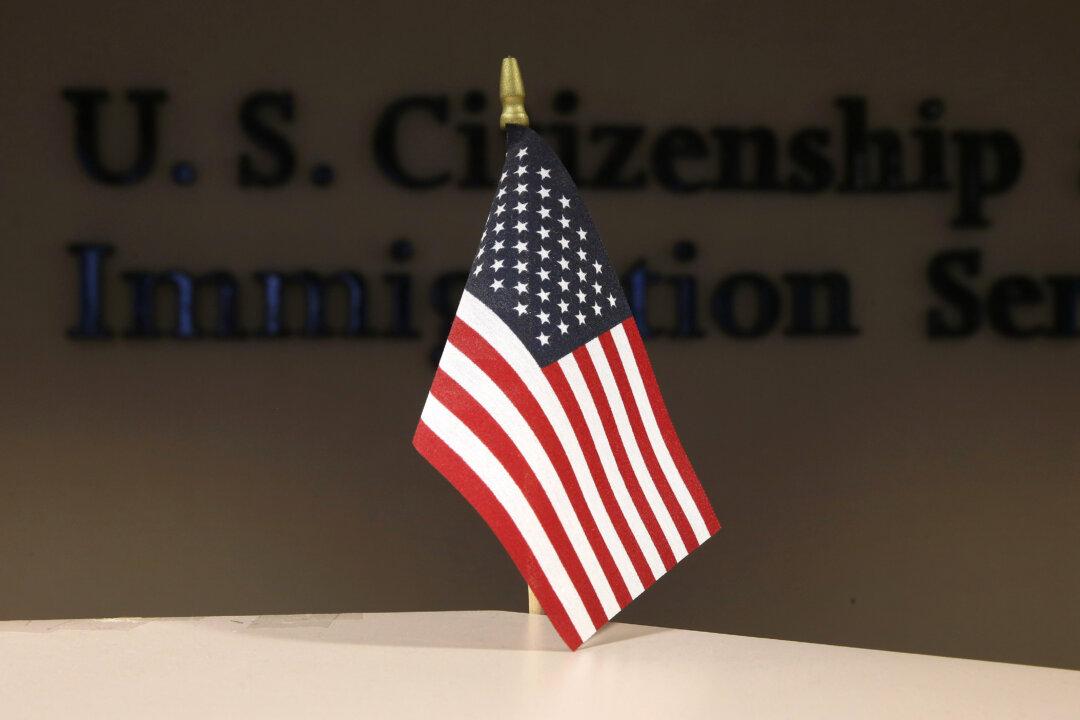California is revealing new information to the public that shows that the eco-friendly state is dumping tons of toxic waste in other states every year.
Since 2010, California has dumped nearly half of its hazardous waste out of state—mostly in Utah, Arizona, and Nevada—according to the state’s latest figures (pdf). Thirteen more states also have received California’s toxic waste but in much lower quantities.





